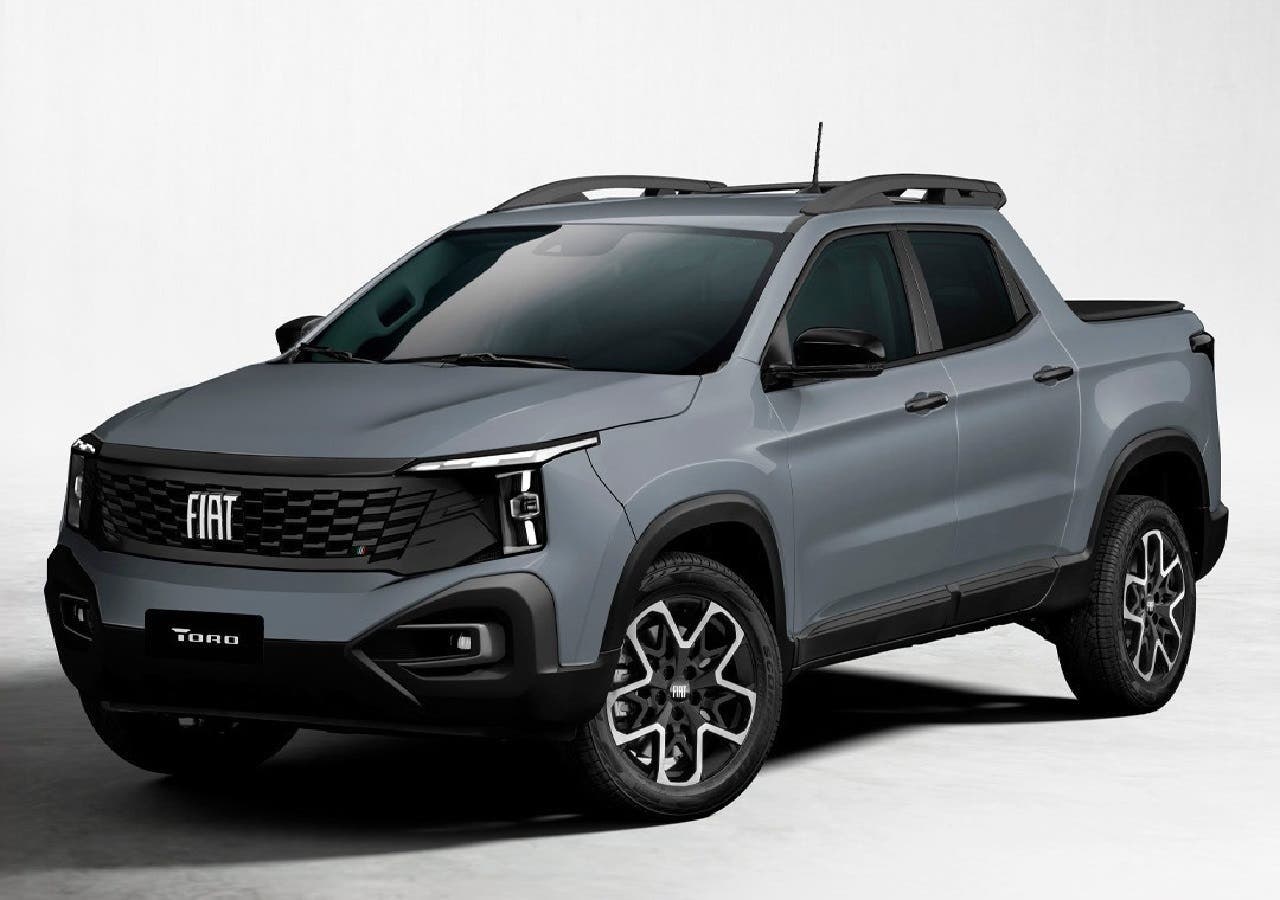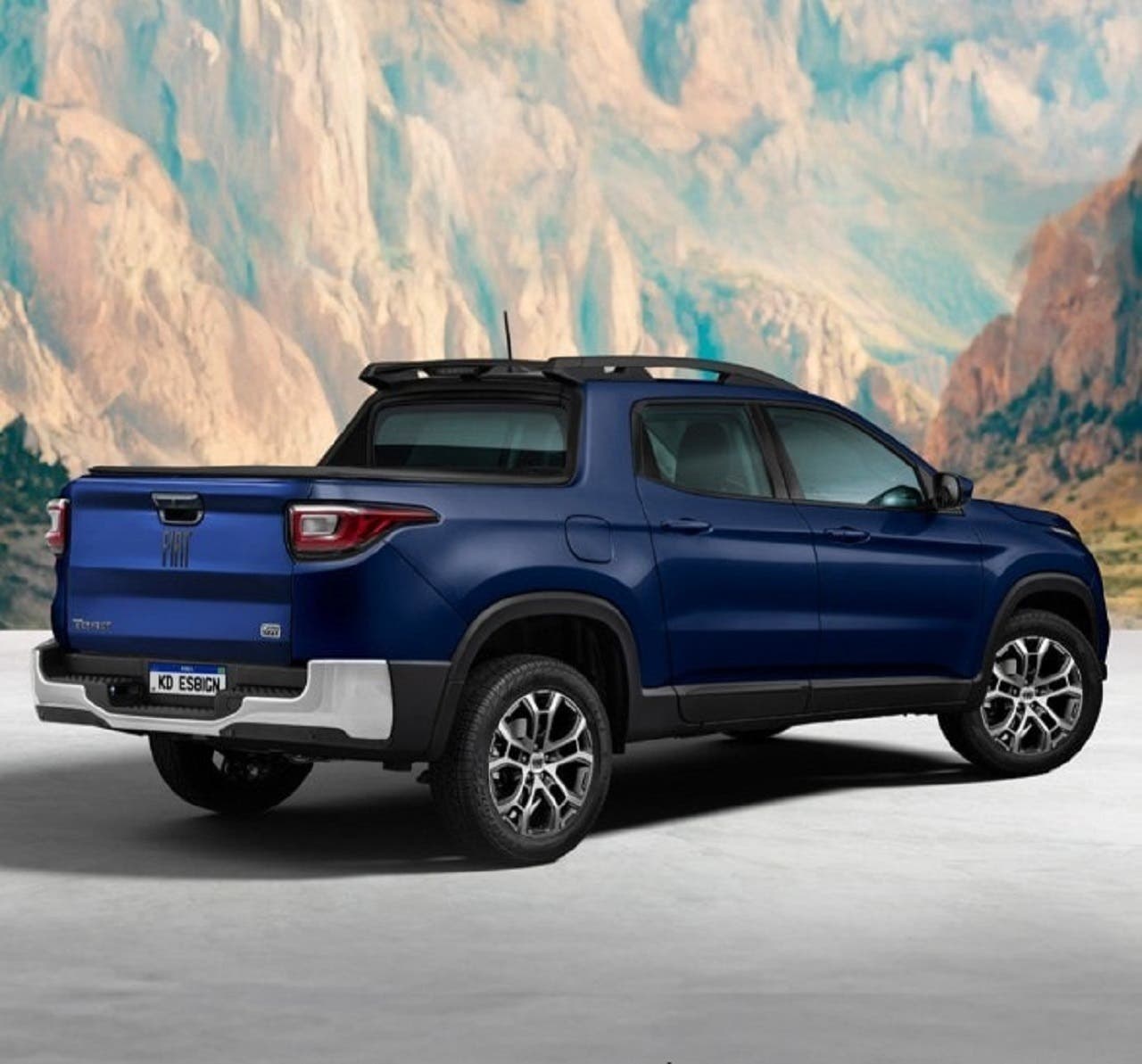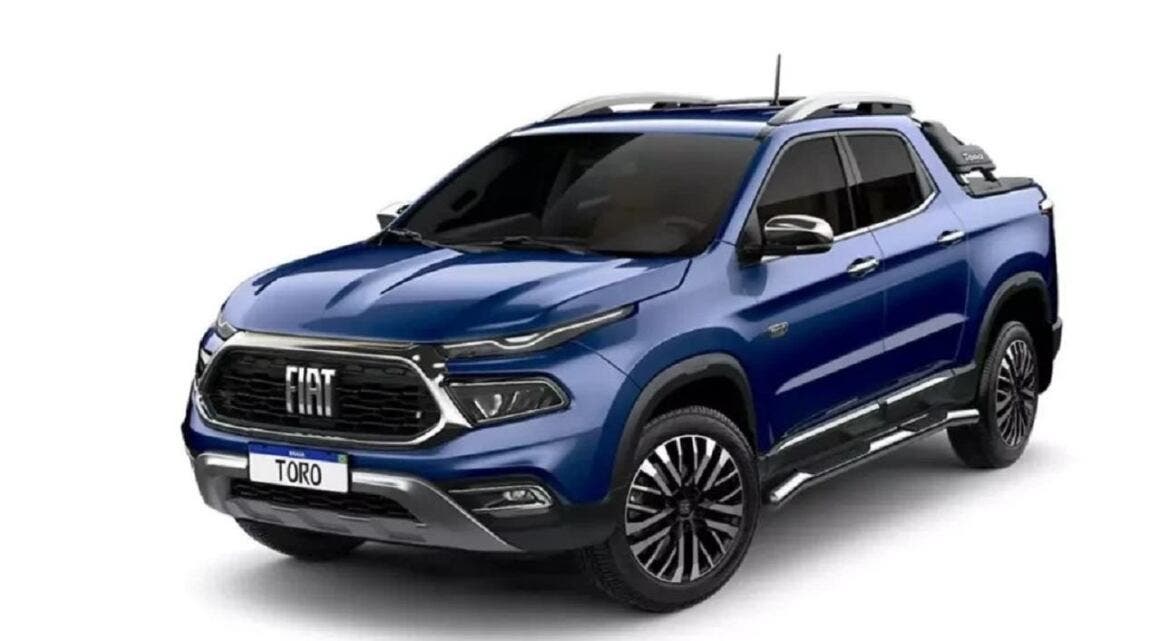In addition to technological innovations, the Fiat Toro 2026 will come with an aesthetic makeover that will renew parts such as the front and rear, as well as the interior. The changes will mainly focus on the mounting components, such as headlights, grilles and bumpers, with the aim of giving the vehicle a more modern look in line with the latest trends in automotive design.
Fiat Brazil: in-depth testing on prototypes of the Toro 2026
Fiat is currently conducting extensive testing on prototypes of the 2026 Toro, confirming the brand’s commitment to electrification and sustainability. The introduction of hybrid technology is a key step for the Toro , positioning it as a competitive option in the pickup market.
Carmaker Fiat is accelerating the pace for the introduction of the new Fiat Toro 2026, a model that will mark a major step forward in the compact pickup segment. According to rumors from Brazil, the brand is already conducting extensive testing on prototypes equipped with 48-volt mild hybrid technology.

New Toro engine: the Bio-Hybrid e-DCT platform
The engine of the new Toro will be the Bio-Hybrid e-DCT platform, designed to accommodate a 48-volt MHEV (Mild Hybrid Electric Vehicle) hybrid system. This technological solution promises to optimize fuel efficiency and reduce emissions, in line with global trends toward more sustainable mobility.
The Fiat Toro 2026, expected mid-year, will not be limited to a simple powertrain upgrade. In fact, the model will feature a significant aesthetic makeover, with a revamped design that will accentuate its modern and dynamic character.
Rumors from Brazil, specifically from the “Autos Segredos” newspaper, reveal that testing of the hybrid technology is already underway on prototypes that retain the exterior appearance of the current model. This approach allows engineers to focus on developing and optimizing the hybrid system, without the distractions associated with cosmetic changes.
The Fiat Toro 2026 represents a key model for the brand’s electrification strategy. The introduction of 48-volt hybrid technology, combined with a revamped design, could solidify the Toro ‘ position in the compact pickup market, offering a more efficient and sustainable alternative to traditional models.

The Toro 2026’s hybrid system is distinguished by the use of two electric motors:
One electric motor replaces the alternator and starter motor, optimizing energy efficiency. A second, more powerful electric motor integrated into the E-DCT automatic transmission provides an additional 28 hp and 5.6 kgfm of torque, significantly improving vehicle response and acceleration.
The 48-volt MHEV system allows modulation of power and torque delivery, optimizing fuel economy. In line with the nomenclature of 12-volt systems, the hybrid version is expected to be called the T270 Hybrid. The system is powered by a 48-volt battery with a capacity of 0.9 kWh, strategically placed under the driver’s seat, a solution already adopted in the Fiat Pulse and Fastback models.
Advanced electronic management
The new Fiat Toro 2026 is distinguished by an advanced electronic management system capable of optimizing efficiency and energy savings through intelligent selection between thermal, electric and hybrid modes. The beating heart of this technology precisely is the electric motor, integrated with the E-DCT transmission, which provides energy to propel the vehicle, either in 100% electric mode or in combination with the heat engine.
The Bio-Hybrid e-DCT system is a key innovation, allowing the Fiat Toro 2026 to recharge the battery while on the move and generate additional torque for improved performance. Prominent technologies include “Boost Assist,” which converts stored electrical energy into mechanical energy, offering more responsive and dynamic acceleration. In addition, the “Coasting” function allows the vehicle to use inertia to keep moving even with the transmission disengaged or the engine off, helping to further reduce fuel consumption.

